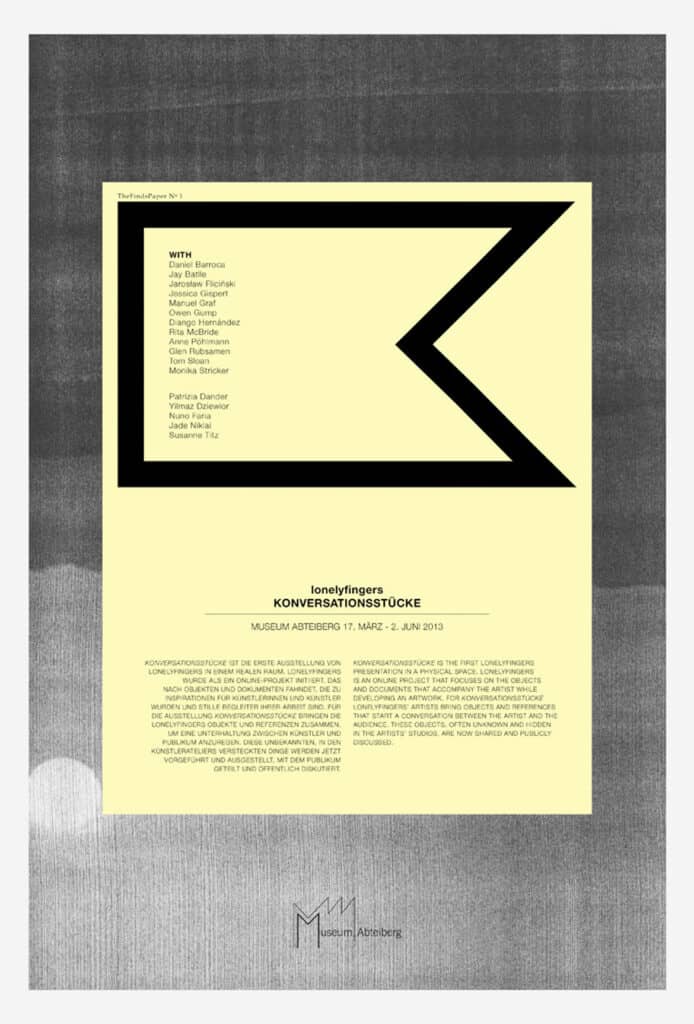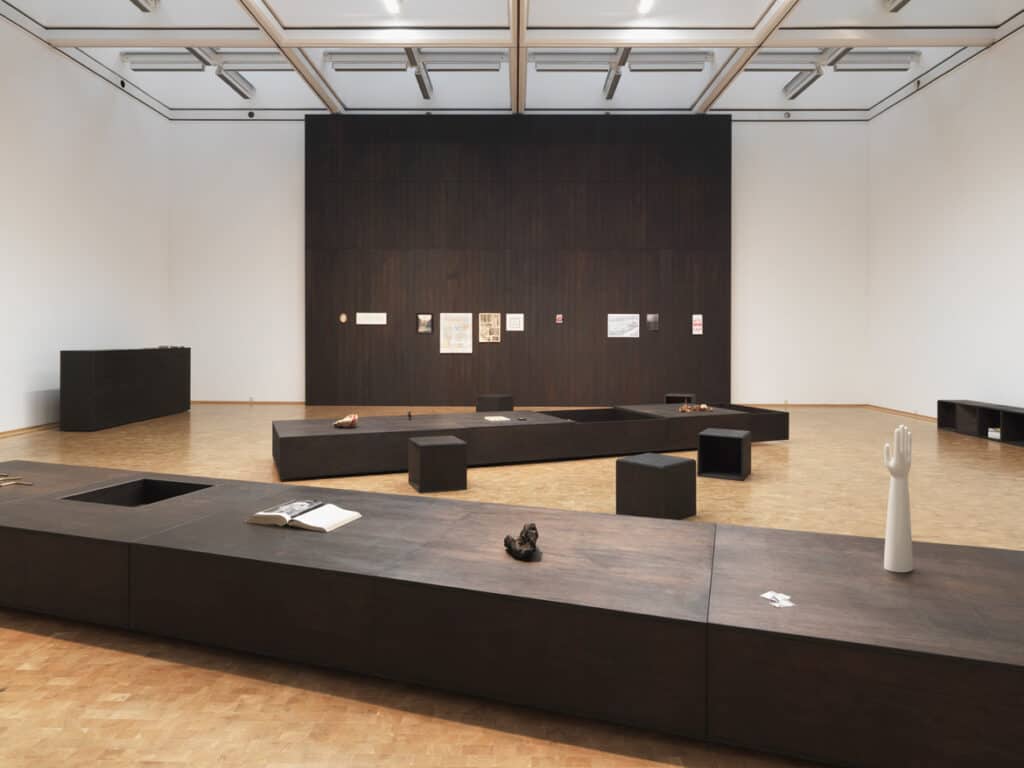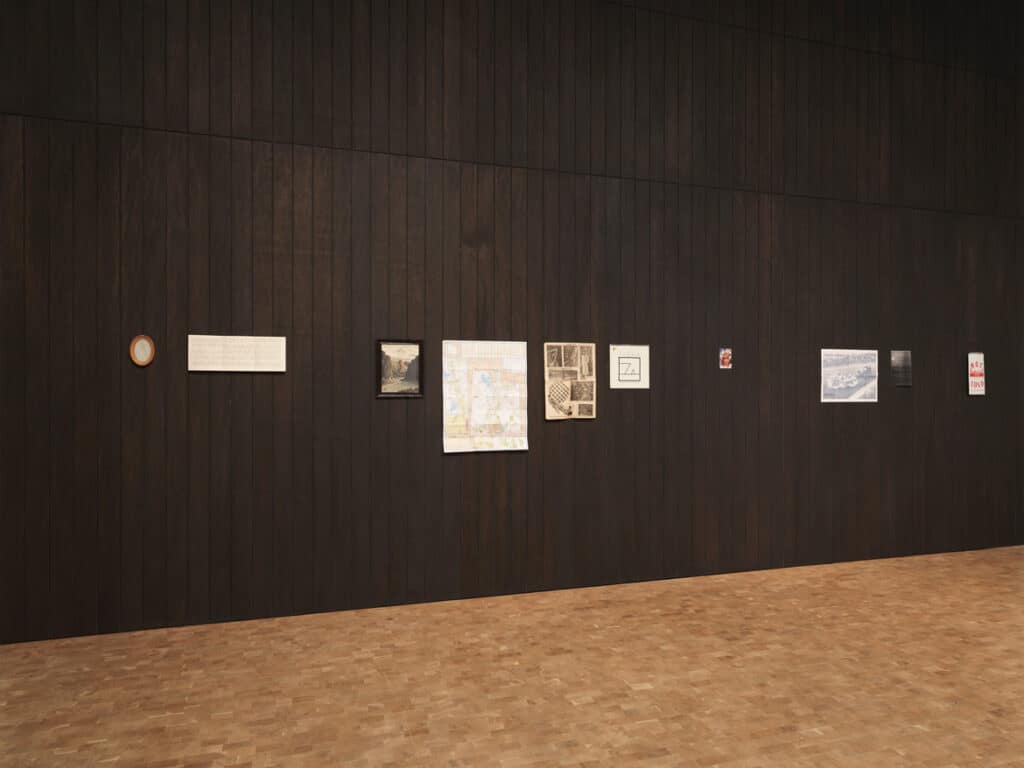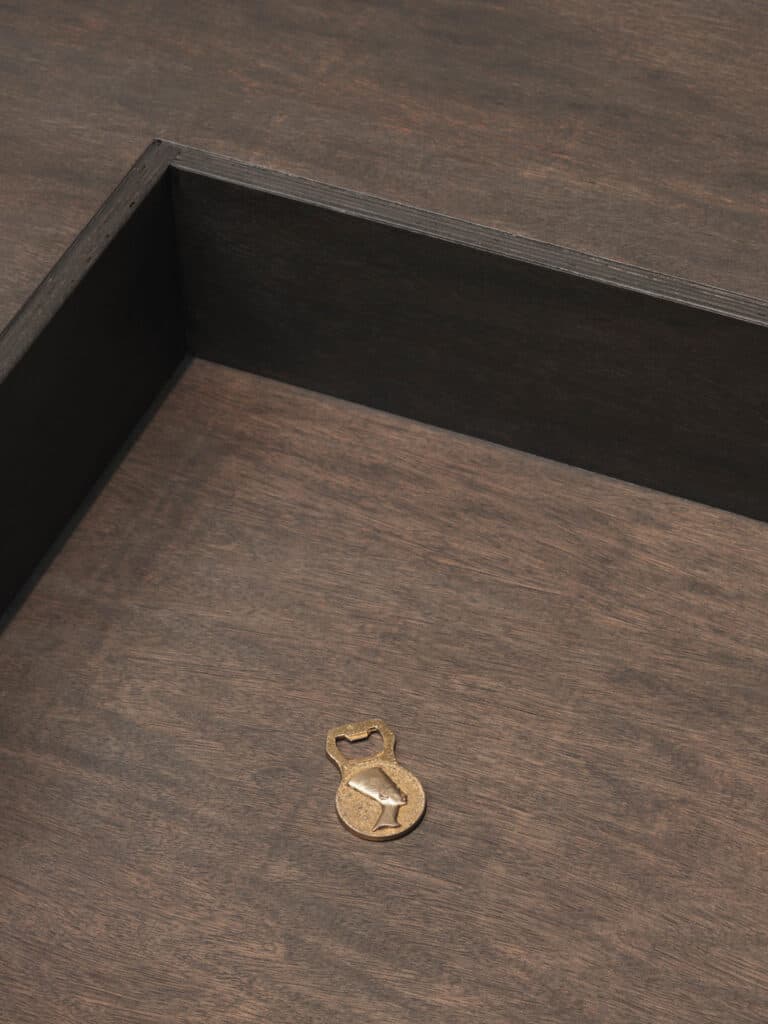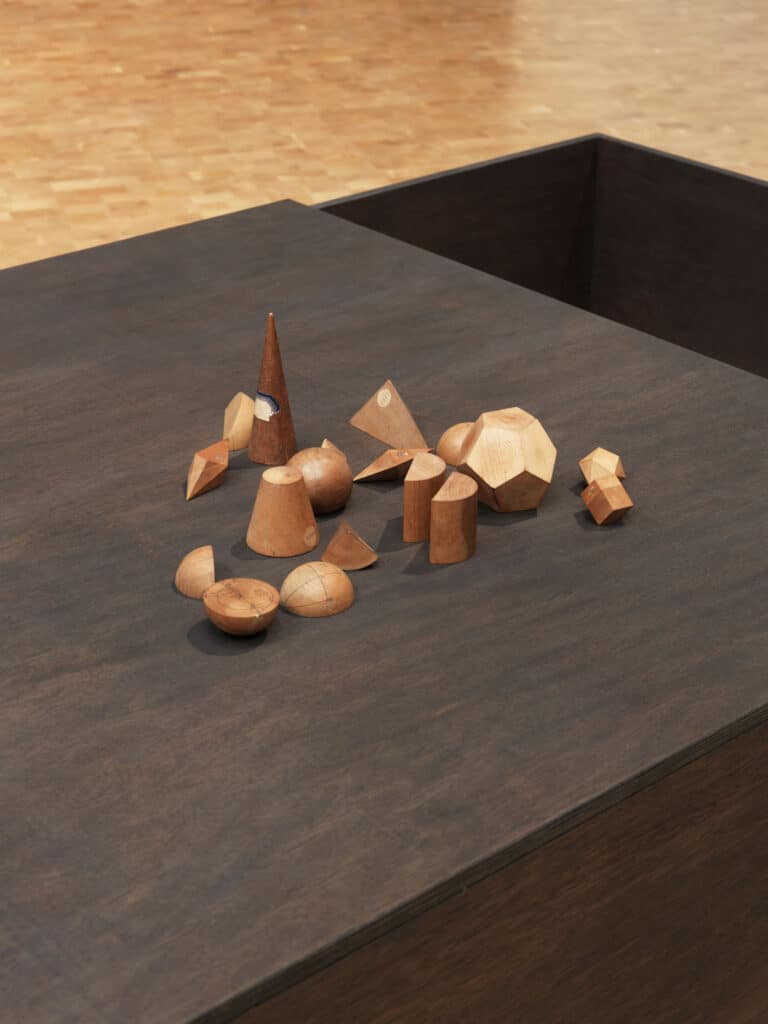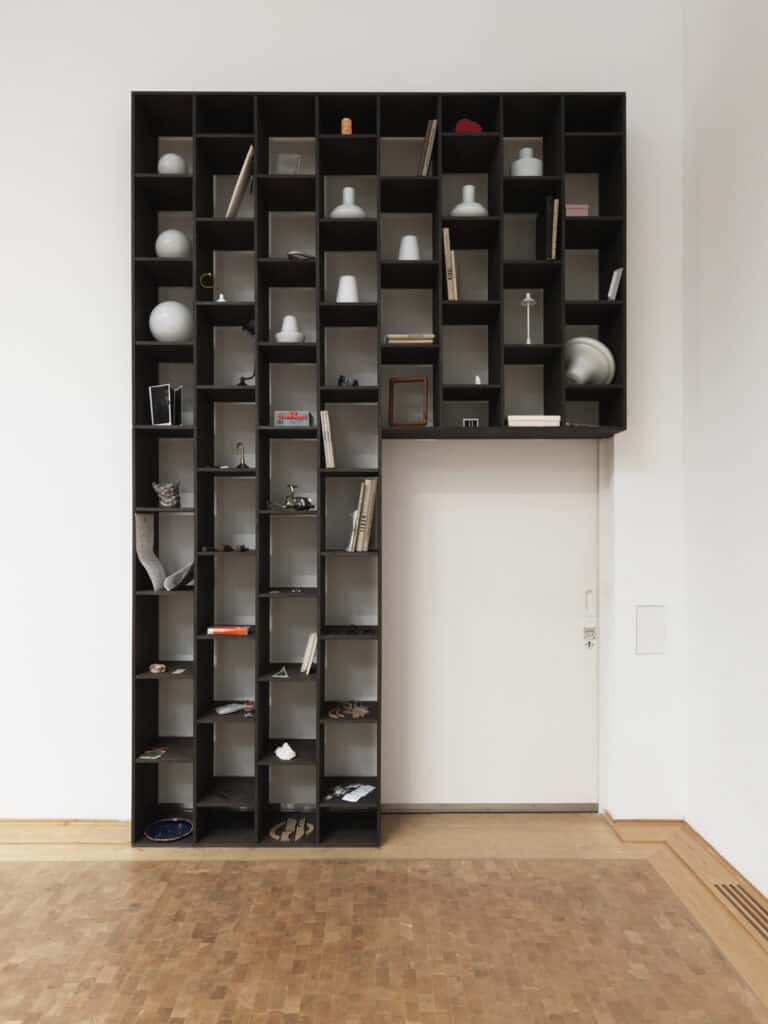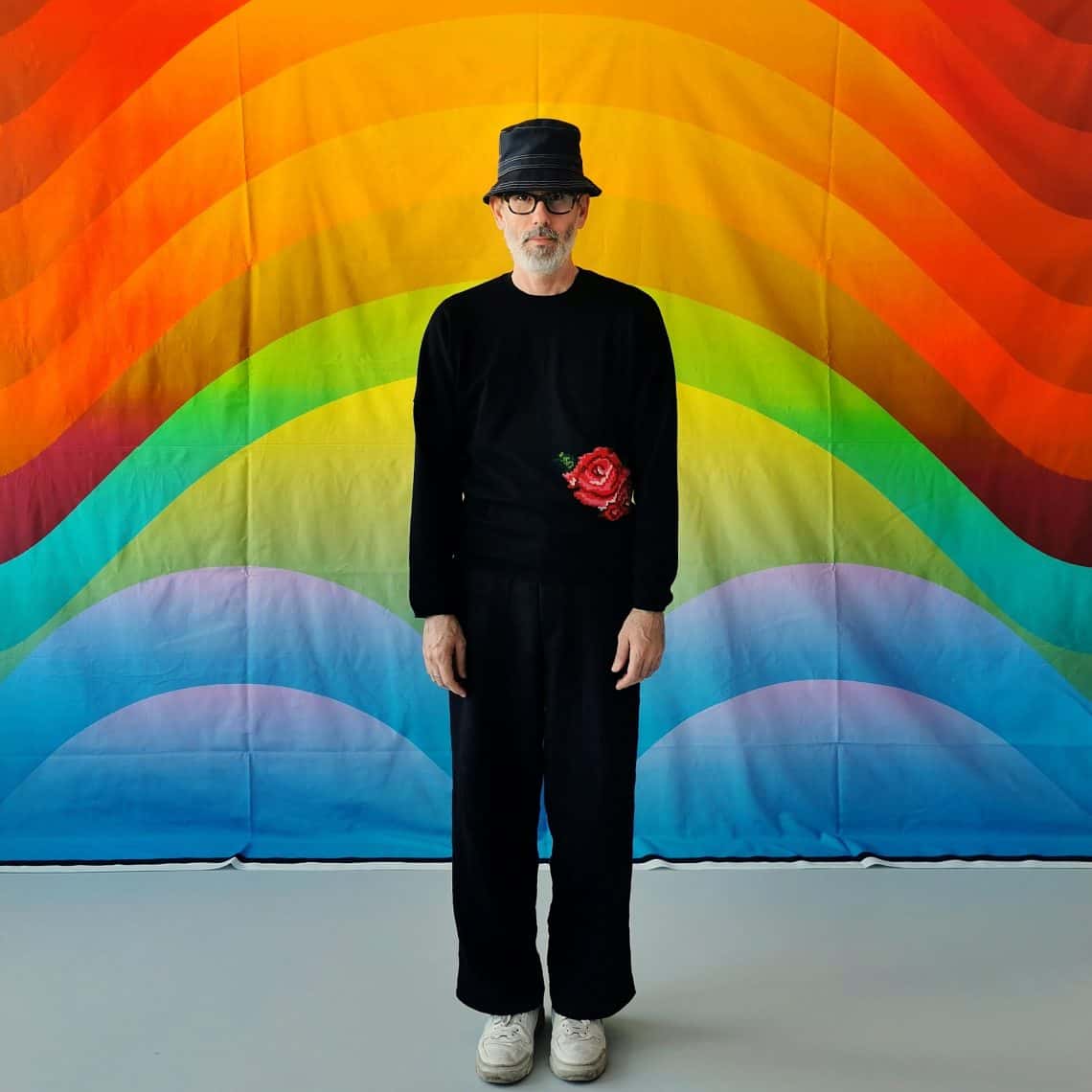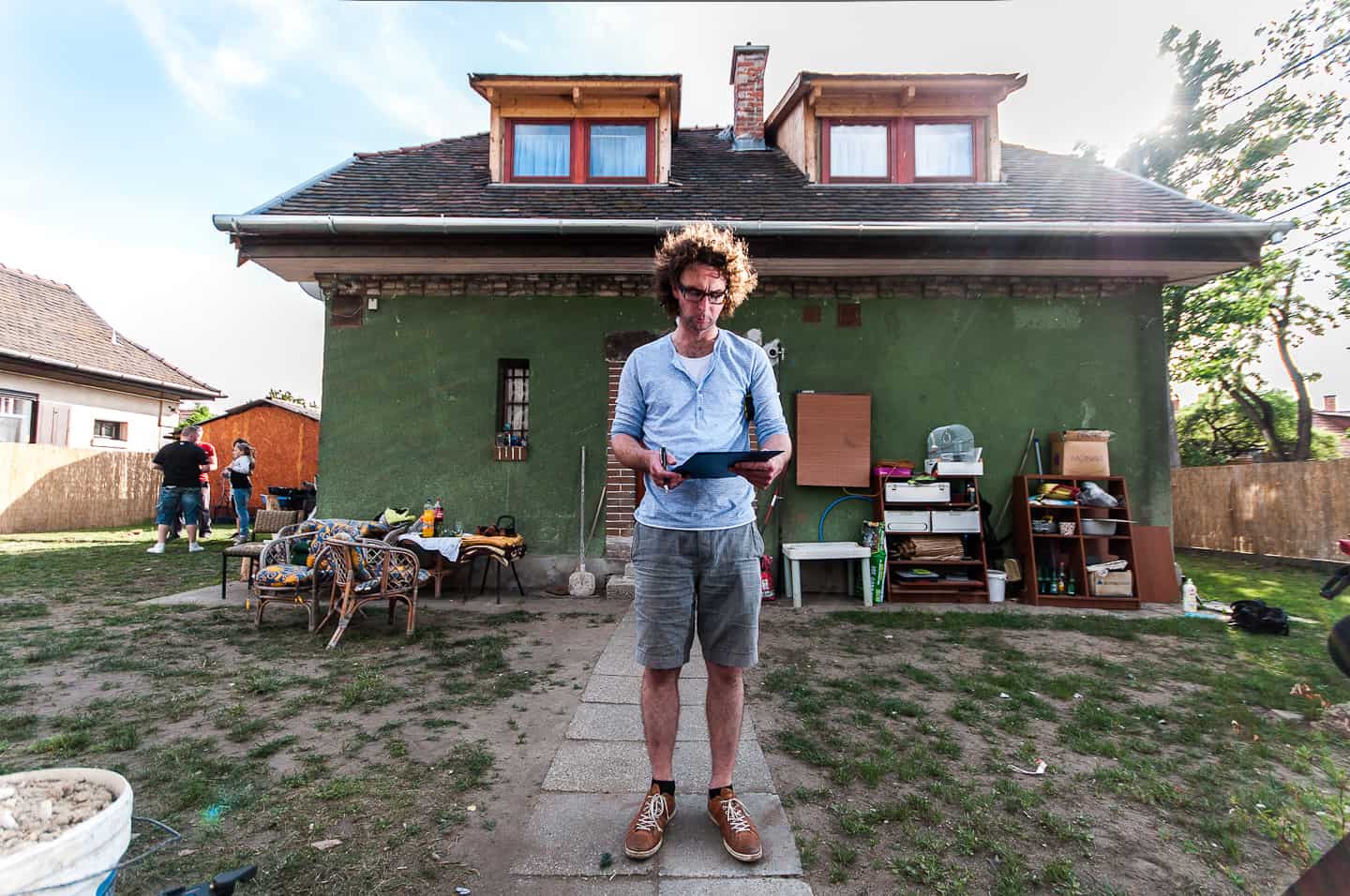Founded by the Düsseldorf-based artists, Anne Pöhlmann and Diango Hernández, lonelyfingers examines the process, rather than the outcome of contemporary art production. More specifically, it is concerned with Its first creative stage: seeking inspiration from existing objects.The collective’s name suggests that the making of art is an isolating and individualistic experience (‘lonely-’), requiring diligence and fastidiousness (‘–fingers’). It therefore seems suitable that an artist-led exhibition does not take a conventional curatorial approach (e.g. a theme, medium or epoch), but focuses on a state of being, which is usually not open to public viewership and discussion. The accompanying artists’ talks offer further access to this secret and sacred place, along with this publication and the ever-expanding project website (www.lonelyfingers.com). This openness and open-endedness is a welcome development in contemporary curation and creative production, suggesting that there is plenty more room to explore the practice of the artist(s)-as-curator(s).The evolution of the objet trouvé from material to subject matter during the 20th century is a suitable analogy for humankind’s evolution from industrialisation (production, material) to virtual reality (immaterial, fantasy) and by extension, represents art’s own path from the physical to the conceptual; from the pedagogical to the personal.
From the development of collage in Cubism and the re-appropriation of quotidian objects by Dada and Surrealism, to the materiality of Art Brut, Arte Povera and post World War Two western art; the objet trouvé advanced from its purpose as raw material to one of prominence as subject matter. It is only fitting that in the formative years of the 21st century, lonelyfingers proposes a multi-faceted re-interpretation: at once honouring the physicality of the ‘finds’ while keeping in step with contemporary discourses, namely semiosis[2] and digital culture. In this sense, the exhibited objects are at best viewed not as works of art, but as signifiers of an invisible, albeit essential process. Coupled with a leading museum’s willingness to act as a space for experimentation, the exhibition offers a new methodology for the creation, discussion and presentation of critical contemporary art.
Lonelyfingers began in 2012 as a virtual platform with a collection of ‘finds’ by a diverse group of international artists. As suggested by the first collection, “Milk Can Escape” – a title borrowed from the magician Houdini’s signature trick (1911), a live performance in which he unchained himself in a pool of liquid – producing art is an act of performance and relies greatly on magic and/or trickery, depending on the position of the beholder. As a close observer of Lonelyfingers’ evolution, I invite the readers of this publication to join me in holding one’s breath and to watch the magic unfold.
—————-
[1] Objet trouvé is a term applied since the 20th century to existing objects (both in a natural state and manufactured) used in, or as, works of art. With the exception of the ready-made, in which a manufactured object is presented on its own as a completed work, an objet trouvé is most often used as raw material, requiring further mediation. While found objects were collected and exhibited in previous times in so-called ‘curiosity cabinets’, which resembled findings of natural science (e.g. butterflies), it was only in the early 1900s that the objet trouvé found its way in to the language of visual culture.
source: Grove Art Online © 2009 Oxford University Press, as found at http://www.moma.org/collection/theme.php?theme_id=10135 (accessed 26.02.2013)
[2] Semiotics (or Semiology) is the study of signs, symbols and signification. It is the study of how meaning is created, not what it is. Its key terminologies include ‘signifier’: any material thing that signifies ‘words on a page, a facial expression, an image’; and ‘signified’: the concept that a signifier refers to ‘modernism, postmodernism’.
source: http://www.uvm.edu/~tstreete/semiotics_and_ads/terminology.html (accessed 26.02.2013)
